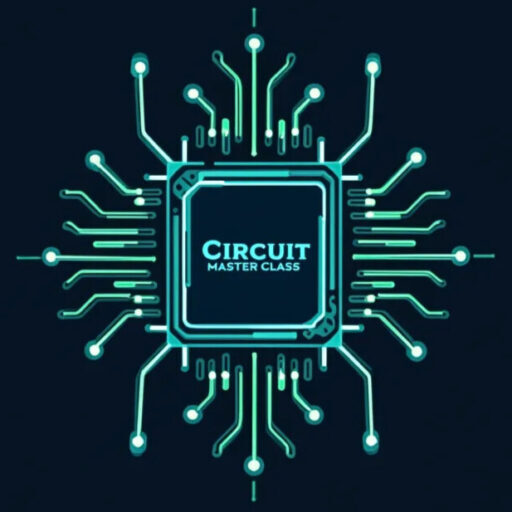Types of Bus Arrangements in Substations – A Complete Guide
Single Bus System with Bus Sectionalizer Often, engineers adopt a single bus bar with a sectionalizing arrangement. Because it is cheap and simple. The figure just below shows a single bus bar with a sectionalizing arrangement. The scheme works best when the incoming and outgoing circuits are distributed evenly across the sections. When a single … Read more
